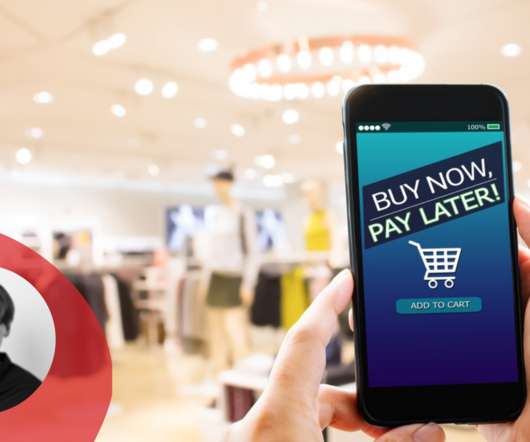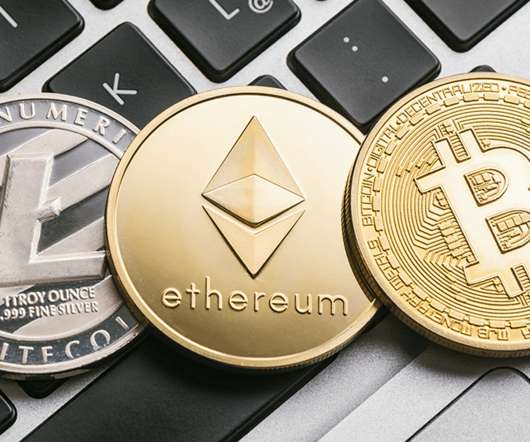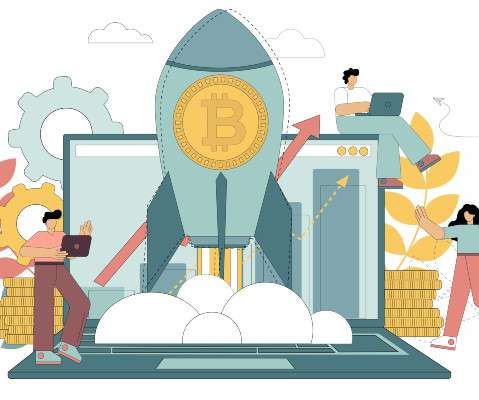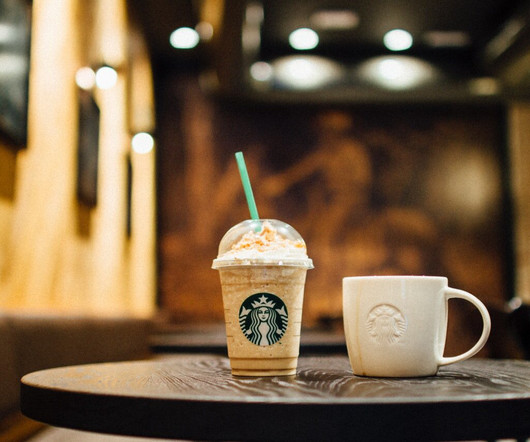Scarred by the 2008 Recession and COVID, 48% of Gen Z Frequently Shops at Discount Stores
Retail TouchPoints
JUNE 7, 2023
That sense of unease is to be expected from a cohort shaped by both the 2008-2009 Great Recession and the COVID pandemic, and it’s had a big impact on their shopping choices: nearly half ( 48% ) say they shop the most often at discount/off-price retailers, and 25% frequently patronize dollar stores.















Let's personalize your content